Balance assessment: Stopwatch and eyeballing is so old school! What needs to be measured? What is the difference between centre-of-mass and centre-of-pressure?
Balance is the ability to maintain a stable posture and orientation while performing various tasks. It is incredible to think that health and fitness providers are still assessing balance using a stopwatch and visual observation, when much more accurate and reliable technology is now at everyones’ fingertips.
Offering eyeballing to people with balance challenges is adequate. And doing so for 30-60 seconds is not a true reflection of what people do in reality. The first 5 seconds is the critical time for falls. This is an important reality check when at least 30% of the population above 70 yro fall each year. They injure themselves or die, and cost individuals, families and society huge sums of money.
What is important to measure?
1. Sway area
2. Peak sway velocity
3. Sway direction
4. Location of centre of mass relative to base of support
5. Whole body posture
6. Whole body kinematics
(Learn more about these in the Moovment Academy tutorials)
It is unlikely that we are designing very effective training and rehab programs from force plate readings on the floor, without knowing which body parts or movement deficits (also known as Postural Orientation Errors) are causing the readings in the first place. ie. is a lateral centre of pressure reading due to the position of the hip, or the shoulders or the head, and what happens when we move them in isolation or as a whole body pattern.
Falls frequently occur due to loss of control of movement strategies in the ankles, hips, shoulders or head. We need the kinematics to know what body parts to target for re-educating correct strategies.
What is Posturography?
Posturography is the term used for the study of postural control and balance. Posturography can measure upright stance and help evaluate various disorders that affect the vestibular, visual, and somatosensory systems. if we are going to take falls and balance problems seriously, then Posturograhy should be conducted on an annual basis, BEFORE people fall or have accidents due to balance deficits.
The modern alternatives are as follows:
1. Static force platform - kinetics with COP
2. Dynamic force platform - kinetics with COP
3. Motion capture - COM with kinematics
1. Static Force Platform
A static force plate is a device that measures the forces and moments (kinetics) exerted by the feet of a person standing on it. A static force plate records the small changes in position and orientation of the center of pressure (COP), which reflects the NET RESULT of all the forces acting on the body. By analyzing the COP signals, it is possible to assess the stability, sway, and complexity of the postural system under different conditions. It does not however, tell you what body parts are causing the measures observed on the force plate.
2. Dynamic Force Platform
Dynamic posturography is a technique that measures postural control in upright stance under various conditions. It uses a computerized platform that can move or tilt to stimulate the sensory systems involved in balance, such as vision, somatic sensation, and vestibular sensation. The platform is connected to sensors that record the COP and the body's responses to the stimuli. Dynamic posturography can help diagnose and treat balance disorders and assess the adaptive mechanisms of the central nervous system.
3. TOF Motion Capture
Time Of Flight (TOF) motion capture technology is a method of measuring the position and movement of objects in three-dimensional space using time-of-flight cameras. These cameras emit harmless infrared light pulses and measure the time it takes for them to reflect back from the objects. By using multiple cameras and triangulation, the system can reconstruct the shape and motion of the objects. One of the applications of TOF motion capture technology is to assess balance in humans.
TOF motion capture technology can provide objective and quantitative measures of balance, such as center of mass, sway area, and postural stability. These measures can help diagnose balance disorders, monitor progress, and evaluate interventions.
What is the difference between Centre of Mass (COM) and Centre of Pressure (COP)?
They are often confused. In our experience, even by researchers!
The quick answer is that the COM is located inside of the body in upright stance. The exact location depends on the body's shape, posture and density. In a standing position, it is usually about 10 cm below the navel, near the top of the hip bones. In the anatomical position, it is approximately in front of the second sacral vertebra. We lift it and move it when we jump and run.
The COP is a point on the ground, and it is the body’s response to the position of the COM. As we lean forward, the body might press down with the forefoot to push us back to centre again. The thing is, we don’t know what body part is leaning forward, without the whole body motion capture. We would be just guessing otherwise.
Watch this video about COM and COP from our Moovment Academy tutorials. These tutorials are available with the Moovment software subscription.
